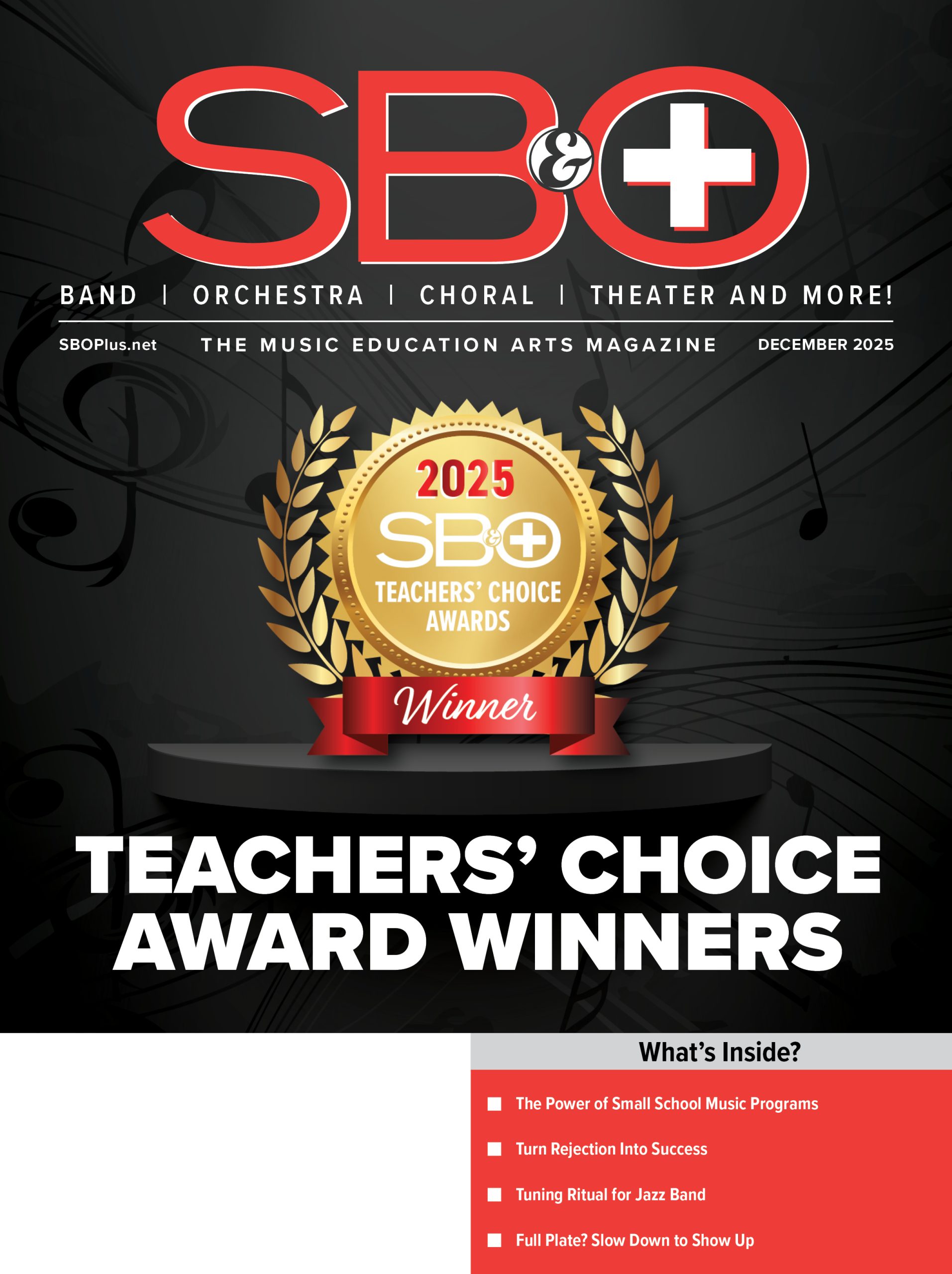 Which Type of Oboe to Choose and Why
Which Type of Oboe to Choose and Why
By Dr. Suzanne Segredo-Kundle
When it comes to selecting an oboe that fits your own, your student’s, or your child’s needs, many factors need to be taken into consideration. Oboes come in three different levels: student, intermediate, and professional. Whether you choose to rent or buy, the key system is a key (no pun intended) factor in determining what oboe is best suited to the oboist’s needs and goals. A common conundrum is choosing between an intermediate and professional model. There are a few significant differences between the two, and, ultimately, it comes down to the desire for a modified or full conservatory key system.
Student oboes are models based on a skeletal key system of the oboe’s keywork. These oboes are suited for the beginner as they can focus on the basic fingerings and the model encourages learning healthy finger position. These oboes serve well for short term learning as oboists who continue to develop the skill will grow out of this model within a year of playing.
- Modified Conservatory Oboes
- Considered an intermediate-advanced model
- Modified means it is a conservatory key system that omits some of the extra mechanisms and trills.
The term “conservatory keywork” in the oboe world embodies the idea of covered keys and trills that are prevalent and standard in professional settings. This oboe still includes the left F and resonance, low B-flat key, B-C# mechanism, and C# and D trill keys. This type of oboe is great for the longevity of playing. Intermediate/modified conservatory, like the professional and full conservatory keywork, can also come in all wood, resin, or a combination of a resin top joint with a wooden lower joint and bell. Because of this flexibility, this type of oboe can take the player through many years of playing and schooling.
These intermediate oboes are designed for more advanced players, but they remain lightweight. They do include mechanisms for almost every trill. It is also important to note some intermediate oboes are built differently than others. Some are made with all the keys necessary as an upgrade to the student model. However, be cautious as some manufacturers will build their intermediate oboes with the left-hand F but not a low B flat, as well as the other way around with low B-flat but no left F. We always guide people to make sure that they look for an intermediate oboe with the most keys possible. The only key you cannot get in an intermediate oboe is the in-tune left hand trill between E flat and E natural in the left hand because this D key will not have the split ring and only have a single hole in it.
Full Conservatory
- Considered professional/advanced model
- The key system extends the basic skeletal key system by adding a range and variety of keys, enhanced keys, and trills to extend the range of oboe playing.
- Such keys include the in-tune D double ring key that gives a more in tune trill, left hand G#- A trill, articulated C#, split ring E flat-E trill, and A flat-B flat mechanism.
- Full conservatory professional model oboes are not only made with the full key system needed for professional needs, but also the bore cut, tone hole cutting, and sophistication of tone quality. The intermediate oboe is lighter to hold and not going to have as much projection as the professional model.
To compare it to a basic skeletal oboe (student model), this oboe now has the low B-flat key along with it’s resonance key. A student oboe will only play down to low B. The addition of the B-flat key extends the range of the oboist and grants the ability to play a more advanced repertoire that calls for the full low range of the instrument. The added vent on the bell promotes better tone and intonation when playing a low B-flat. The left F and resonance key is added to improve the use and intonation of alternative F’s. Some other keywork that has been added include adjustable mechanisms such as a split d ring (Philly D Key- used to improved intonation on high D), thumb rests, and trill keys such as C# and D. Professional oboes may have a third octave key to improve intonation and stability in the upper register. This, in our opinion, does not fall under a standard key in the full conservatory keywork. There are oboes with full conservatory keys that do not have the third octave key. That decision is made by the manufacturer of the oboe. In short, a full conservatory oboe is loaded with everything an oboist would need for any given musical experience, but it is not the only option to have a successful oboe journey.
When it comes to choosing what key system is best, we encourage you to consider your long-term goals. Modified conservatory oboes will take an oboist far even if they choose not to play professionally. The full conservatory oboe is highly recommended for the oboist who wishes to extend their technique and extend their playing by majoring in performance or performing in professional environments. Ultimately, it is up to the oboist and what feels good to them. We hope understanding the difference between these popular keywork systems helps you navigate the oboe picking process. Whether an oboist plays in a major orchestra, community ensemble, or high school band, we all share the same goal of finding an oboe that works for you and defines your voice in music.





















